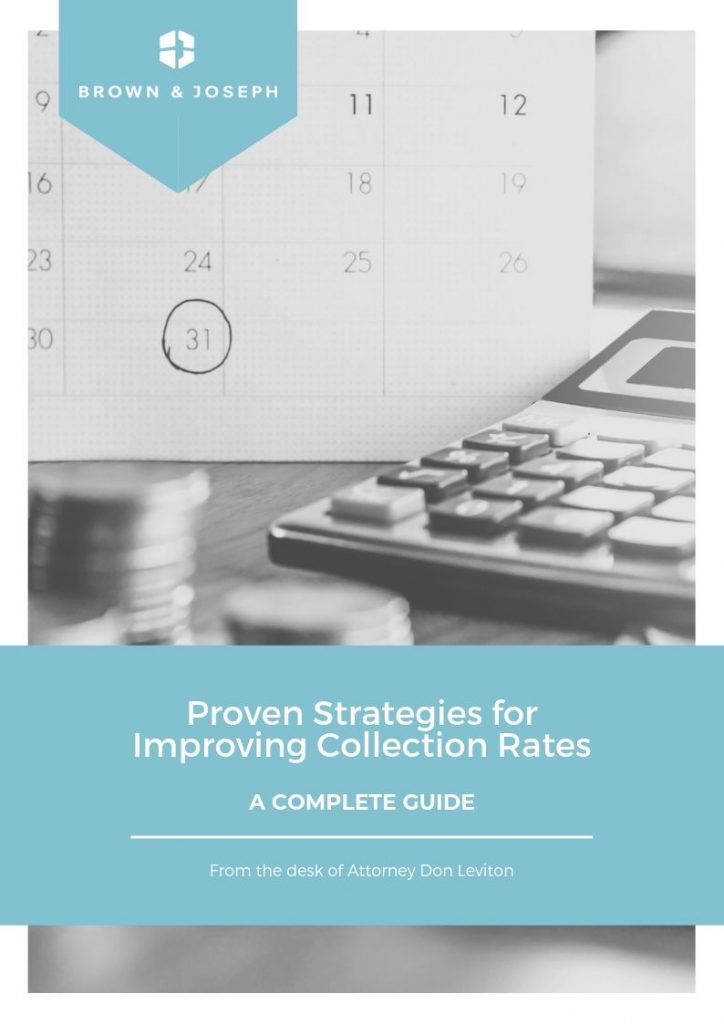Introduction
Businesses must first have financing in order to undergo a successful turnaround.
The key to planning a successful turnaround is finding the right financing partner.
Even the most promising companies will not survive a turnaround without financing.
Your financing partner should be flexible and willing to work with you and your advisors to:
- Establish objectives
- Identify obstacles
- Monitor progress
- Make adjustments as needed
Your financing plan may include a recapitalization, which involves making different arrangements with financial stakeholders like debt and equity conversions, exchange offers, stock rights offerings and adding new stakeholders.
The worse shape a company is in, the harder it will be to work out an arrangement with current stakeholders and to attract new stakeholders.
The ideal financing partner is…
- Flexible
- Engaged
- Helpful
- Responsive
- Focused on the success of the company
Turnaround Funding Options
Let’s explore your options for financing a successful corporate turnaround:
Asset-Based Lenders
Asset-based lenders are the primary source of funding for businesses in distress.
These lenders typically have premium rates and require more security.
There’s also “debtor in possession” loans, which are made after a company files for bankruptcy.
Because these lenders have certain provisions, many companies in distress file for bankruptcy simply to get access to financing because lenders prefer more control over the borrower, which bankruptcy can provide.
Equity Investors
If you can’t find a suitable lender, consider looking for an investor who is willing to provide equity capital to the business.
These investors are also referred to as turnaround equity investors.
While this approach is usually more expensive than finding a lender, there is no interest cost for equity funding, which increases cash flow.
Many equity investors require controlling interest in the company.
Equity investors also typically expect to have some say in the business’s operations by taking a management role.
Investors are a viable option for funding because they often have experience in bankruptcy and turnaround management and can provide much-needed assistance to a company in distress.
Cash from an investor can also help a company borrow money more easily because creditors and lenders may believe that their chances of being paid back in full are greater with a company that has an investor behind it as an extra layer of “protection.”
Similarly, local governments may be more willing to provide tax cuts
and financing if they believe the company’s turnaround will save jobs, generate more tax income, or make significant contributions to the local economy.
Claims and Securities Purchasers
Purchasers of claims and securities of a distressed company take on the debt a company owes to a creditor.
Although these purchasers are mainly interested in maximizing the value of their investment instead of helping the company get back on its feet, these investors can have a profound impact on a company’s turnaround efforts.
11 Corporate Turnaround Success Stories
As debt holders of the company, these purchasers have a much higher priority for repayment than equity holders if the company is liquidated.
They can also play an active role in the company’s turnaround as debt holders.
Conclusion
A turnaround can take years of hard work to achieve.
Don’t expect immediate results. Even Apple’s iconic turnaround took decades.
Ultimately, the success of a turnaround depends on the company’s most valuable assets: owners, managers, employees, creditors and lenders.

Proven Strategies for Improving Debt Collection Rates [PDF]
Get tips from Attorney Don Leviton on how to improve your debt recovery rates in this FREE guide.





